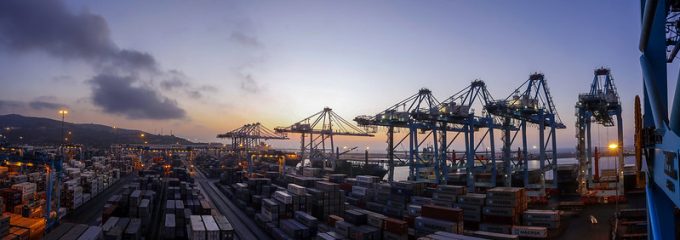'Crisis-resistant' Gebrüder Weiss enjoys revenue growth despite market challenges
Austrian logistics and haulage operator Gebrüder Weiss recorded a 10% growth in revenues in 2024 ...

Hong Kong fell out of the world’s top 10 container ports last year, for the first time in the history of container shipping, according to new data from Alphaliner on the world’s busiest 30 box ports.
HK saw traffic last year drop 14.1%, to 14.3m teu, establishing the long-term decline of what was always a leading container port – 20 years ago it regularly vied with Singapore and Shanghai for the title of the world’s busiest – deposed from 2023’s tenth ...
Transpacific sees first major MSC blanks as rates fall and volumes falter
'It’s healthy competition' Maersk tells forwarders bidding for same business
Opposition builds for final hearing on US plan to tax Chinese box ship calls
White House confirms automotive tariffs – 'a disaster for the industry'
New price hikes may slow ocean spot rate slide – but for how long?
Supply chain delays expected after earthquake hits Myanmar
Shippers snap up airfreight capacity to US ahead of tariff deadline
Tighter EU import requirements proving 'a challenge' for forwarders

Comment on this article